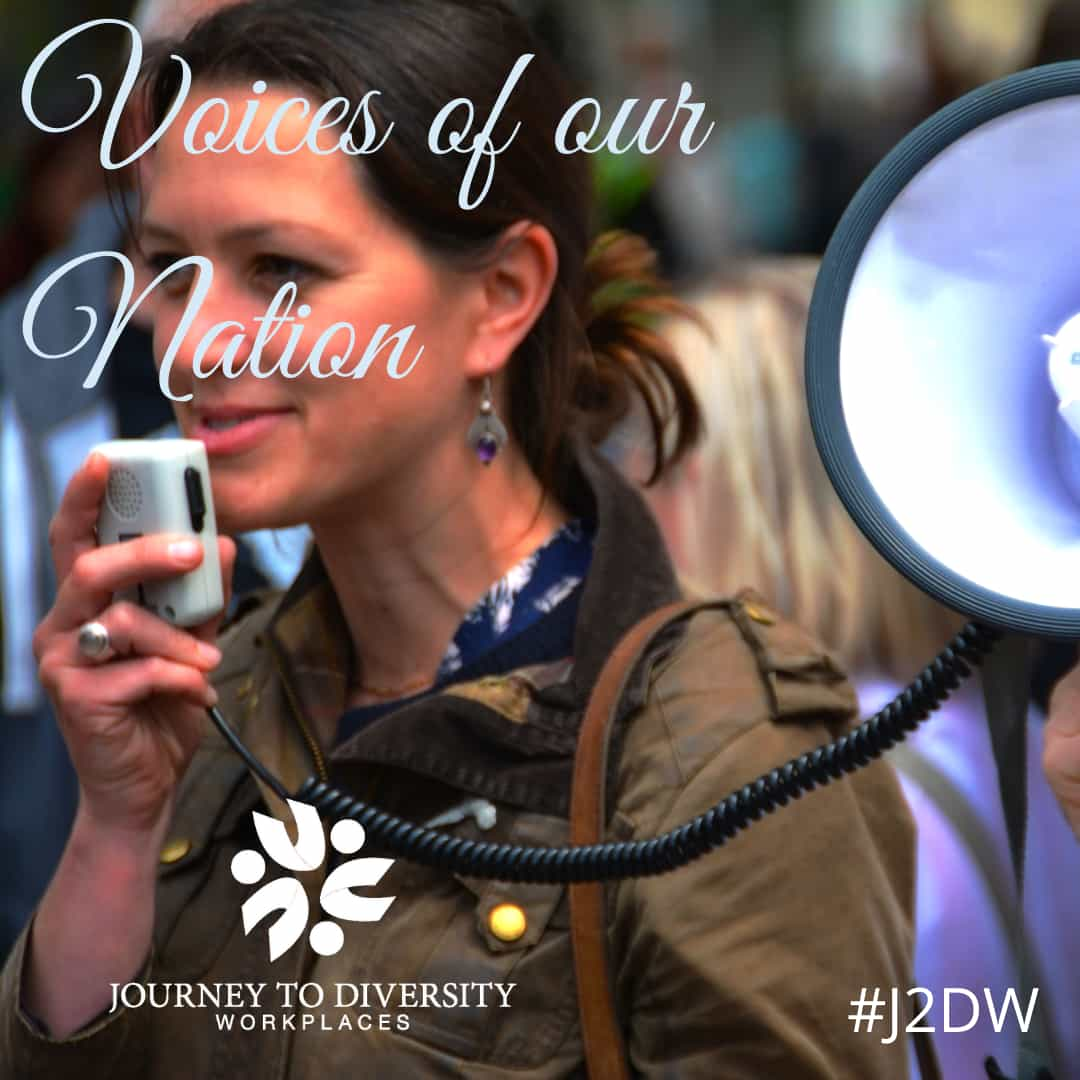We are fortunate to see an increase in visits to our website in 2018 with lots of help from our active volunteers! Now we present the top 5 articles visitors read on our website in 2018.
5. How to deal with religious accommodations in the Workplace
Freedom of religion, in Canada, is a constitutionally protected right that allows religious believers the freedom to assemble and worship without limitation or interference. Religious discrimination is treating individuals differently in their employment because of their religion, their religious beliefs and practices, denying their reasonable request for accommodation or a change in a workplace rule or policy that denies employees equal opportunities due to their religious beliefs or practices. Canadian employers are required to accommodate the reasonable needs of religious employees in the workplace.
4. Women in the Workplace: The Hidden Battle
Throughout our history, women have adopted new roles from working as a housewife to entering the workplace and providing for their family or oneself. As women entered the workplace, we saw issues of sexual harassment, unequal pay and opportunity starting to emerge. These issues are still seen and frequently voiced today as women are continuously taking a stand for their rights. Unfortunately, there are many issues that go unnoticed that need to be addressed. Every day women have to prove that they are just as good or better than their counterparts and when they fail to do so they are labeled as weak, incompetent or just plain lazy.
3. Lack of Diversity in the Workplace Can Cause Stress Among Employees
The success of an organization in today’s competitive world depends upon how well it embraces the challenges of diversity and realizes its benefits. Employees from different backgrounds, ages and ethnicities bring their own set of experiences and world views, and are better able to provide a wider range of solutions to developing problems. Most of all, a lack of diversity has been linked to increased discrimination which in turn leads to elevated stress levels among employees. The National Center for Biotechnology Information note that discrimination due to immigrant status, legal status, skin tone or language can contribute to increased stress in individuals.
2. The Pros and Cons of Hiring Older Employees vs. Younger Employees
Ever thought you would one day be in a position where you would have the decision on your hands to make or break someone’s career? Well if you are, here is something that you might come across depending on the nature of your job. This article aims to analyze some of the main factors to consider while picking the right person for the job. At the very outset, I must make it clear that I am referring to older as in more experienced professionals and not just being ageist.
1. Workplace Issues and Solutions
There are a variety of workplace issues that both employers and employees encounter. Some of these issues are minor while other workplace issues are more significant and require frequent attention from employees for the workplace to function properly. While it is the responsibility of management to take steps to develop strategies to combat workplace issues, employees also have a responsibility to speak up when they recognize issues that contribute to or may eventually lead to problems.
This article was mostly contributed to and edited by J2DW volunteers!









